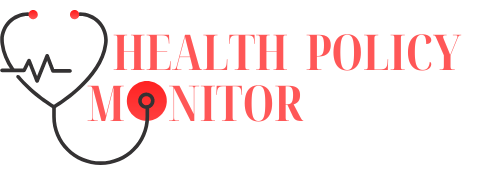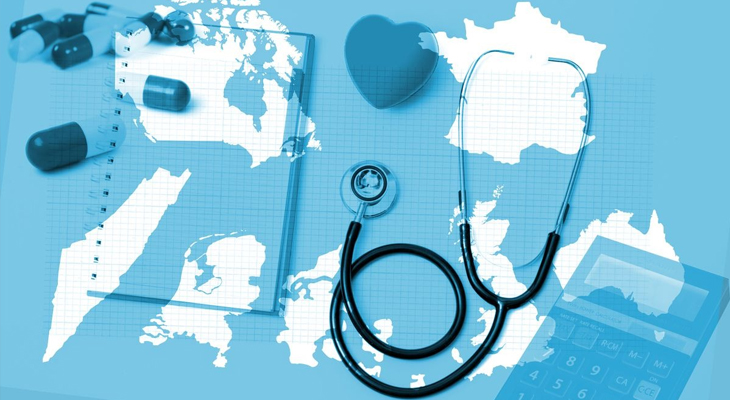Healthcare systems are a great way to save lives, prevent disease and keep people healthy. However, they can be costly, and many people need help to afford them.
The United States has a complicated system that includes private physicians, hospitals, and government insurance programs for those without coverage. Ultimately, it is up to the government to create a system that works for everyone.
It saves lives
In a country where people have access to an equitable health care system, they are much more likely to live longer. However, many countries worldwide still need this opportunity, and people are often denied treatment due to financial constraints.
To provide high-quality healthcare, a country needs a robust health system. This includes everything from how a government finances its health system to what supplies and facilities are available.
There are many different healthcare systems, and each varies from country to country. These differences are typically based on the country’s history and culture. For example, some nations, such as the United Kingdom, focus on equal access to healthcare for everyone. In contrast, others, such as France and Germany, focus more on public health and emphasize prevention.
For example, in the United States, many low-income Americans rely on Medicaid to cover their medical expenses. This type of insurance was expanded under the Affordable Care Act and has been associated with decreasing mortality rates.
Another type of health system is single-payer, which provides healthcare coverage for all citizens. The costs of such a system would be significantly lower than those of the current system.
As a result, this system would save lives and cut spending significantly. For example, a new study suggests that if the United States had had a universal health system in 2020, nearly 212,000 lives would have been saved, and $105 billion in hospitalization costs would have been avoided. Additionally, a single-payer system would have cut healthcare spending by 13% or $450 billion annually.
It saves money
A healthcare system can save money by reducing excess costs and improving healthcare quality. These savings come from various factors, including reductions in labor costs, efficiencies in drug prices, and other factors.
For example, a recent study found that if a single-payer system were implemented in the United States, it could save as much as $438 million annually for patients. This money can be used for patient care and other health-related needs.
In addition to saving money, a single-payer system can reduce inequities and improve access to quality healthcare. Universal coverage offers protection from cost-sharing, and it can help promote the use of preventive services.
Additionally, a single-payer system can lower drug costs by up to 40% and reduce hospital fees by 5.54%. These savings can be passed on to consumers through lower premiums or copayments, deductibles, and other out-of-pocket expenses.
Moreover, a single-payer system can increase efficiency by shifting care costs to payers instead of providers. This helps reduce the burden on employers that pay for insurance and allows payers to control risk by spreading it across a larger patient population.
A healthcare system can also reduce the administrative cost of running the system, which is higher as a share of GDP in the United States than in other countries. The price of administration includes everything from determining eligibility and prior authorization to calculating and paying for drug costs.
It helps prevent disease.
A healthcare system is a collection of organizations, people, and actions whose primary intent is to promote, restore, or maintain health. It includes personal health care services, such as medical and dental care; public health services, including control of food, water, and drug supplies; and teaching and research activities related to health.
The structure of a healthcare system varies by country and by population. In addition, it may vary depending on cultural values and social priorities, with some countries emphasizing the prevention and treatment of illness more than others. Moreover, the size of the economic resources available to society also influences its overall health system structure.
When a disease is caught early, it’s more likely to be treated successfully, saving the patient time and money. In addition, this can prevent the disease from causing more harm or even death.
However, preventing disease before it occurs is not easy. Many people only want to visit the doctor once they are already sick and don’t make an effort to take care of their health when things are good. If they get sick, they often spend a lot of money on treatment that could have been prevented.
The findings in this study broadly indicate that most players in the healthcare system understand the importance of preventive care, but there are some obstacles to using these services. The main barriers are implementation gaps and financial incentives that do not align with a focus on preventing chronic diseases.
It helps people stay healthy.
A healthcare system is a formal structure involving people, institutions, and resources that deliver services to contribute to a population’s physical and mental well-being. This includes personal health services, public health, related services, teaching, and research activities.
A sound healthcare system is essential to a healthy society, helping promote and maintain optimal health for everyone. It also provides a sense of security that allows people to take a more proactive approach to their health and well-being, preventing diseases early before they become life-threatening.
The right healthcare system can also help people live longer, healthier lives. For instance, most insurance plans offer a wide range of preventive services and coverage, such as vaccinations and screenings, to help people avoid illness and disease.
A sound healthcare system should also be able to show patients the correct information at the right time, allowing them to make more informed choices about their healthcare and well-being. This can be accomplished by deploying novel technologies, implementing predictive analytics, and aligning financial incentives. It also should be easy to use and convenient for the patient, removing barriers that may impede a positive health outcome.









